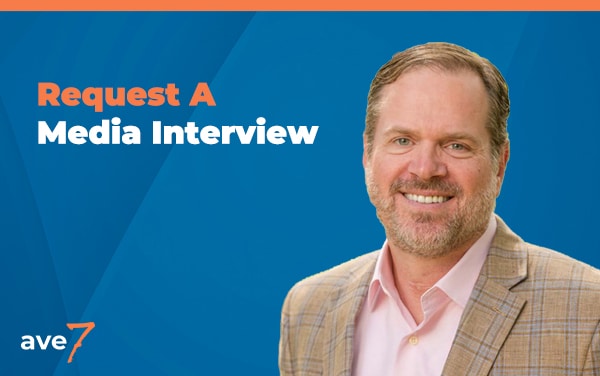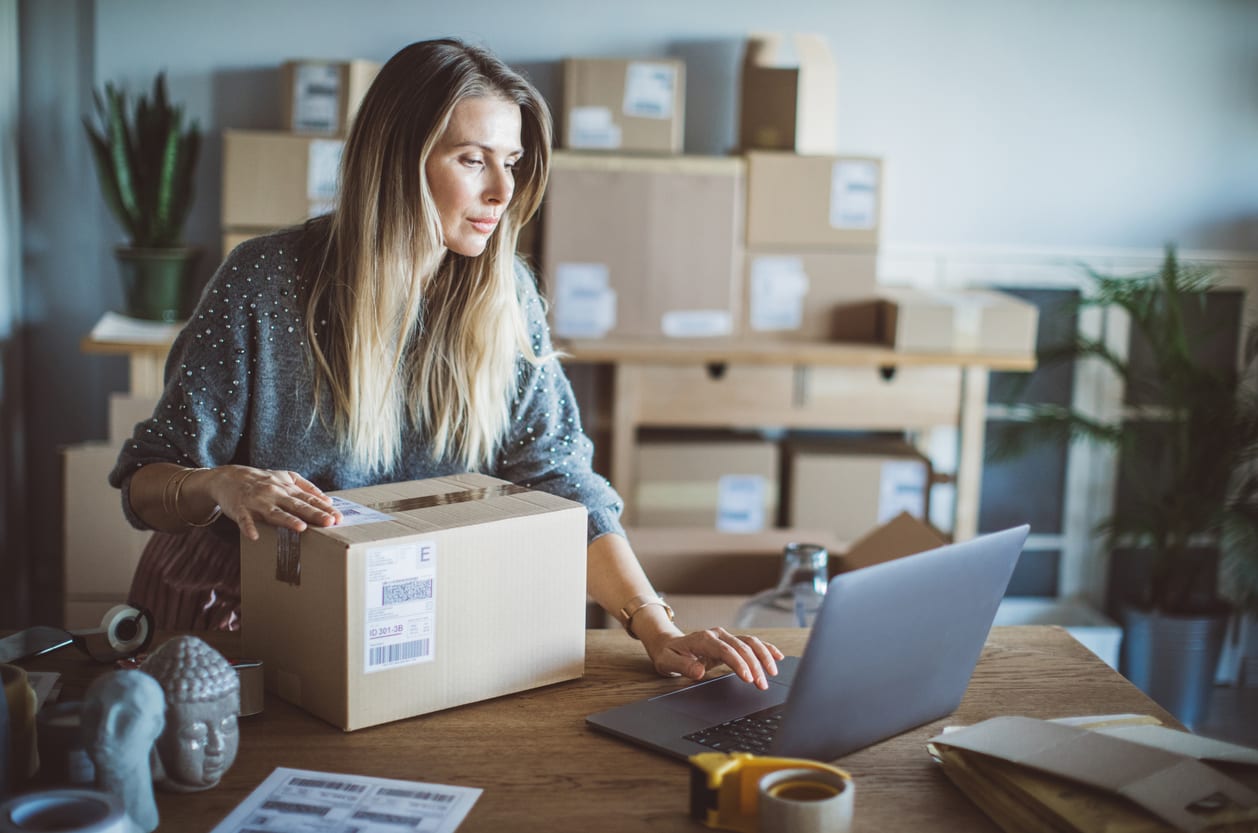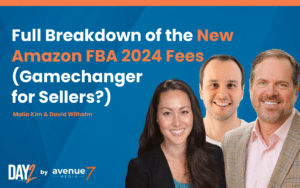5 Ways to Sell on Amazon
I have presented ways to survive and thrive on Amazon as a Private-Label Seller in my previous blogs, as well as in Chapters 1 -7 of The Amazon Jungle. In this blog, and in Chapter 8, I will focus on some of the different ways people sell on Amazon, as well as the merits of the private label model.
Although Amazon has made many changes over the years that make some of the alternate methods of selling more difficult to pull off, it is important to understand some of the ways that Amazon fulfillment and inventory are handled. Let’s take a closer look at four different models. Then we will revisit the advantages of Fulfillment by Amazon (FBA), regardless of your selling techniques.
Retail Arbitrage
Retail arbitrage is when a Seller buys products from a retail store or distributor at deep discounts and then sells them through Amazon for a profit. This is a fairly simple concept and there are a ton of Amazon Sellers running successful businesses this way. I admit I am not a huge fan of this method, however, it is a great way to get your feet wet selling other people’s brands.
Some retail arbitrageurs will attach to your listing and offer your item at a much higher price. They can even get the sale if the main Seller is out of stock or doesn’t have inventory to fulfill the order. This method frustrates Private-Label Sellers like me. It can also open the door to legal action by the brand against the Seller. Getting a legal notice from a brand, or being stuck with inventory you can no longer sell, are two big reasons that I do not feel this is a great option. But that is just my opinion.
Dropshipping
This method of listing an item, selling it, and having your vendor or distributor directly ship that item to your customer, is near and dear to my heart. This is the method that helped me build an eight-figure business on Amazon. When done correctly, and given the right kind of market, dropshipping requires very little cash flow. It also allows a Seller to scale and grow quickly.
The problem with this method – Amazon raised the bar for deliveries to customers. There were three metrics that essentially killed dropshipping on Amazon.
- Late Shipping Rate (LSR) – 4%
- Pre-fulfillment Cancel Rate (PCR) – 2.5%
- Order Defect Rate (ODR) – 1%
Once these metrics topped these levels, Amazon suspends your account. I know because that is exactly what happened to me. A dropshipping method that relies on wholesalers to meet your customers’ needs simply does not work.
Once our account was suspended, we began a rapid shift to carrying inventory for other brands, and we doubled down on the strategy we had been working on for years – growing our own brand.
Carrying Other People’s Inventory
If you are going to purchase other people’s inventory, I recommend asking your supplier for unique or exclusive products to sell. You want to sell products where you alone are the exclusive Seller with a specific product and a unique UPC code. This is an effective way to be the only Seller in the Buy Box. This is a solid strategy today when selling on Amazon. You can create better listings and potentially offer your item at a higher price than the other folks because your item is unique, different, and exclusive. As long as a Vendor protects your exclusivity and doesn’t sell it to others behind your back, exclusive items can boost your sales and add to your protective moat on Amazon.
Your Own Private Label
There is nothing that will get you to a Top-Seller ranking on Amazon like creating and selling your own private label brand of product with the methods described in Amazon Jungle. Private label products are those manufactured by you or your contract factory and sold under your own proprietary and trademark-protected brand name.
Owning your own brand will help you build a lasting legacy. When building your brand you control your story. You have the freedom to create your own look and feel. I have loved my journey of creating my own brands and growing them.
Fulfillment By Amazon (FBA) Is a Must
Whether you are a retail arbitrageur, reseller, or Private Label Seller, the best way to store, pick, pack, and ship on Amazon is with FBA. You sell it and they ship it. FBA gives you scalability. When your product lands and you go from selling one a day to 1,000, Amazon can accommodate that higher daily volume.
Fulfillment by Amazon is not only great for the most experienced Amazon Sellers but there is also no better way for new Amazon Sellers to get started. FBA becomes your fulfillment center. Additionally, FBA fully supports your growth and handles customer service issues, such as returns. With FBA you avoid expensive rent and additional payroll costs. The best advantage – the coveted Prime Badge, which can give you a 30% lift in sales. My opinion is that FBA is safe, scalable, cost-effective, and lets you focus on what is most important – listening to your customers and improving your products and listings. Ultimately, the safest way to have success on Amazon is to create your own trademarked brand and make it great. That is why Rick Cesari and I wrote The Amazon Jungle The Truth About Amazon, The Seller’s Survival Guide for Thriving on the World’s Most Perilous E-Commerce Marketplace. We wanted to share our battle-tested plan to stay in the game and navigate Amazon sales with success. The next chapter, and blog entry, will explore why advertising is so important and look at 4 types of advertising available to Third-Party Sellers on Amazon.











